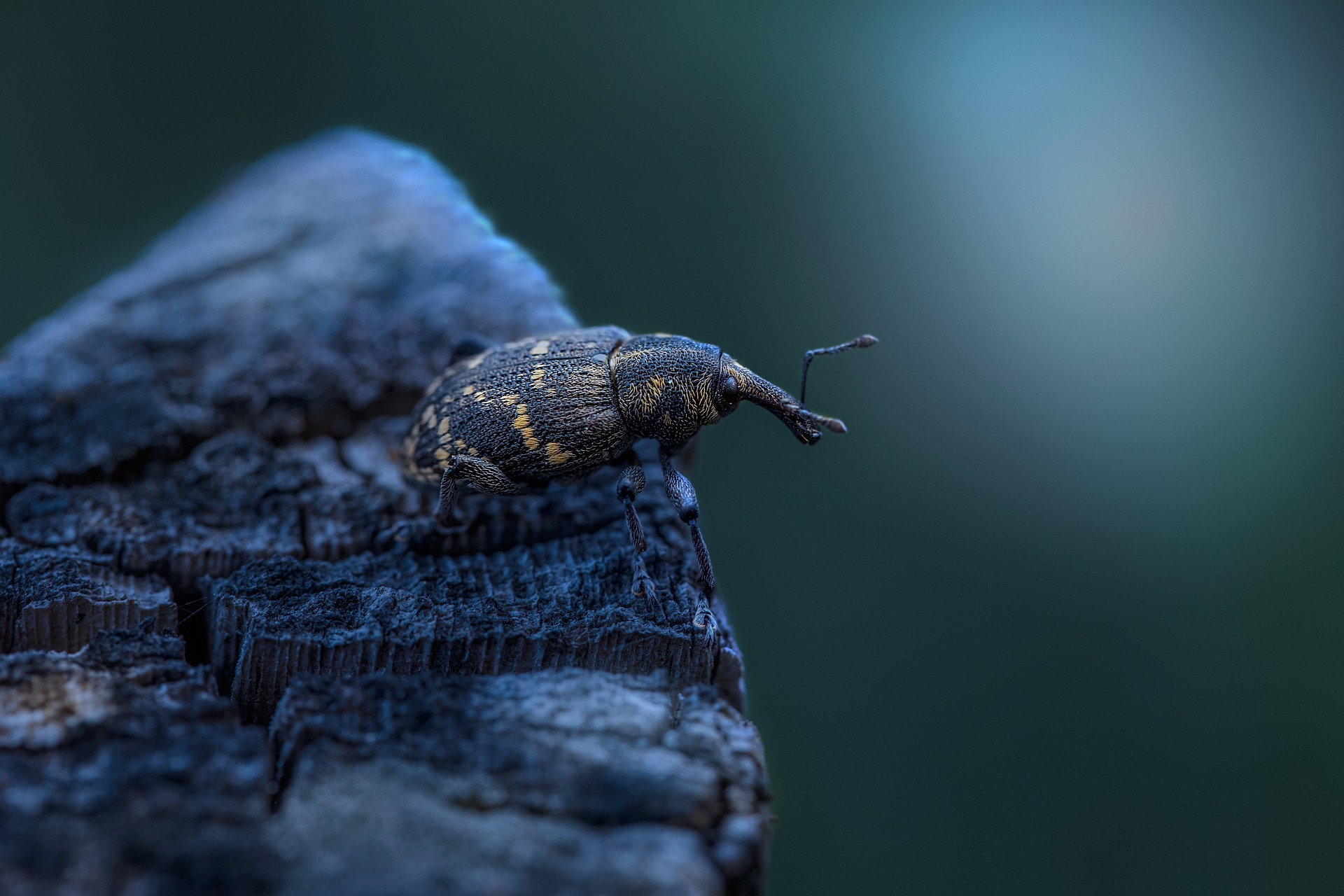LARGE PINE WEEVIL (HYLOBIUS ABIETIS) – A TOUGH, TREE-DEVOURING SURVIVOR! 🌲🐞
Let me tell you, folks—the Large Pine Weevil is a serious player in the insect world. It’s not just any beetle, oh no! This little guy chews through trees, damages forests, and makes foresters VERY nervous. Some call it a pest—I call it determined!
GENERAL INFO – VERY IMPORTANT, PAY ATTENTION!
- Scientific Name: Hylobius abietis
- Family: Curculionidae (the weevil family – strong, powerful, everywhere!)
- Size: 10–14 mm (about 0.4–0.55 inches) – Not too big, but it gets the job done!
- Color: Dark brown with yellowish patches – great camouflage!
- Lifespan: 1–4 years (pretty long for a beetle!)
- Habitat: Forests across Europe and Asia, especially in pine tree plantations!
WHY IS THE LARGE PINE WEEVIL SO INTERESTING?
1. AN ABSOLUTE SURVIVOR! 🌲🔥
- This weevil is TOUGH! It survives in harsh winters, dry summers, and even forestry management tactics.
- If there’s pine, it thrives! Newly planted trees? A feast!
- It’s been around FOREVER. Adaptation at its finest!
2. TREE-KILLER EXTRAORDINAIRE! 🌳💀
- Adults chew on the bark of young trees – causing serious damage to forestry industries.
- Larvae burrow deep into roots – weakening trees from the inside out!
- Major economic impact – foresters HATE them! But you have to respect their hustle!
3. SMART BREEDING STRATEGY! 🥚➡️🐛➡️🐞
- Females lay eggs in stumps of felled trees – protected, hidden, totally strategic!
- Larvae grow inside the wood for months – undetected, unstoppable!
- Emerges as a full-grown tree destroyer!
4. NATURAL ENEMIES – IT’S A TOUGH WORLD! 🦉🐦
- Birds (like woodpeckers) love to snack on them!
- Parasitic wasps attack their larvae!
- Predatory beetles go after them too!
GOOD OR BAD? DEPENDS WHO YOU ASK!
- Foresters? THEY HATE IT. Costing them millions, damaging trees, bad news!
- Nature? LOVES IT. Part of the ecosystem, food for many species!
- The Weevil? COULDN’T CARE LESS. It just keeps thriving!
FINAL THOUGHTS – A RESPECTABLE TROUBLEMAKER!
The Large Pine Weevil is a survivor, a problem-solver, and an absolute menace to young trees. It’s a villain in forestry but a champion of survival. You’ve got to respect its strategy, resilience, and impact on the natural world!
🐞🔥
Visited 348 times, 4 visit(s) today
Views: 892
Subscribe to the newsletter:
